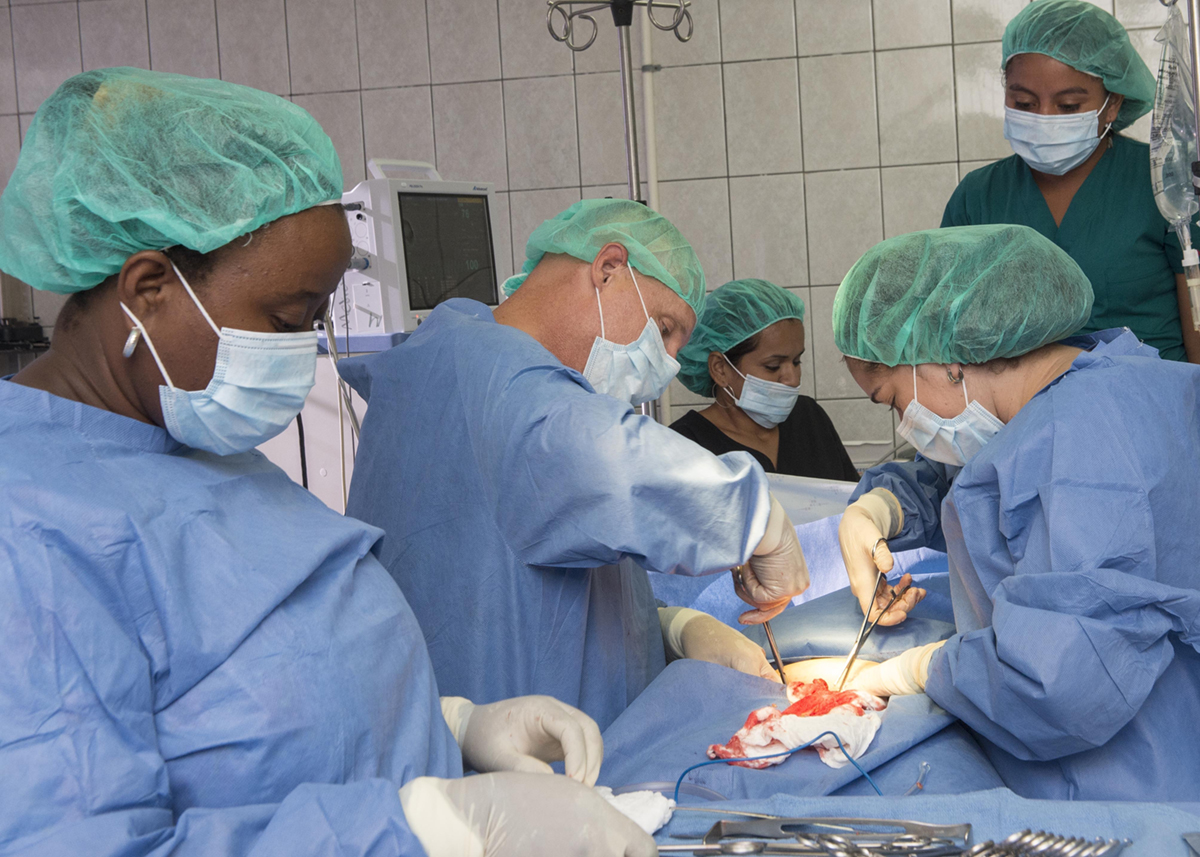
Hysterectomy is a surgical procedure of removing the whole of the female reproductive organs. This means that uterus together with fallopian tubes and ovaries are resected and removed from the body. Still there are varieties of hysterectomy. Unlike total hysterectomy when all reproductive organs are removed in partial hysterectomy and the upper part of cervix is preserved. In 2003 in the United State a total of 600.000 hysterectomies were performed making it the most conducted gynecological procedure.
Removal of the female reproductive organs leads to infertility and permanent imbalance of female hormones. That is why this procedure is done only if necessary. It is performed in variety of health conditions such as cancers or benign tumors of female reproductive organs, in case doctor wants to prevent some other form of cancer such as hereditary breast cancer, in extreme cases of endometriosis and in case of post-labor hemorrhage caused by ingrown placenta. Additionally, a woman who is transsexual undergoes hysterectomy in a course of her complete change into a man. It is conducted in case of uterine prolapse and chronic pelvic pain.
There are several types of hysterectomy, radical hysterectomy, total hysterectomy and subtotal hysterectomy. Unlike radical hysterectomy in which all the female reproductive organs are removed in two other types of hysterectomy some organs are conserved.
It can be done differently. One way is laparoscopic. Laparoscopic Assisted Hysterectomy is performed with additional help from specific laparoscopic instruments and the incision line is rather small. Vaginal hysterectomy, as the name suggests, is conducted through vagina. In abdominal hysterectomy the abdomen is being cut and the incision line goes from umbilicus downwards to pubic bone. Still the incision in this type of hysterectomy may extend horizontally and be parallel to the edge of pubic bone.
Hysterectomy is performed under general anesthesia. In case of laparoscopic approach the healing process is rather quick and patient can get back to daily activities soon after the procedure. In case of more radical procedures one must rehabilitate for up to two months.
The surgeon decides on the approach which is most suitable to current situation in female reproductive organs. Pain is present after the surgery and relieved by pain killers. One should not lift any heavy objects at least for two months after the surgery as it can lead to hernia and rupture of stitches. A patient is advised to restrain from sexual activities for at least eight weeks following the surgery. All the patients do recover completely and they continue with their lives.






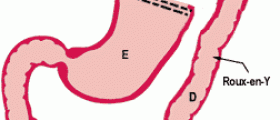
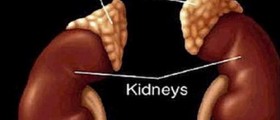



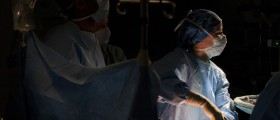


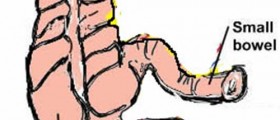


Your thoughts on this
Loading...